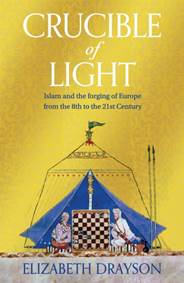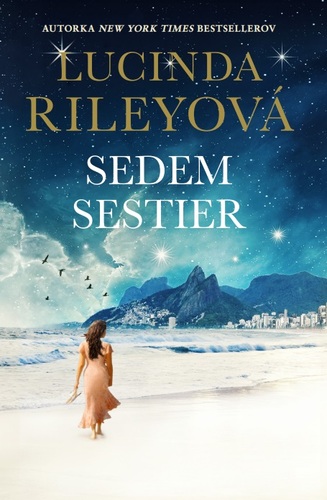Crucible of Light
Knihu kúpite v
1 e-shope
od
23,70 €
Knihyprekazdeho.sk
23,70 €
Skladom
(dodanie do 3 dní)
Krátky popis
The epic history of Europe's rich Islamic heritage, exploring the
endless complexities of this centuries-long relationship. Few
readers are aware how much Europe owes to its Islamic heritage,
this book aims to restore the central place of Muslim culture in
the continent's history, while exploring the endless complexities
that this vexed relationship creates. At a time when Islam is so
narrowly identified with terrorism and migration in Europe, The
Crucible of Lightis a welcome and necessary corrective. The
contested but fruitful relationship between Islam and Europe begins
in 711AD with the Moorish invasion of Spain and continues to the
present. The Crucible of Light tells the story of the conquest and
reconquest of Spain over an epic 800 year period, the meteoric rise
of Arabo-Norman Sicily, the Ottoman renaissance of the sixteenth to
eighteenth centuries, and the ebb and flow of Balkan history and
the fate of contested islands like Cyprus and Malta, with their
very different outcomes. This scale of history can only be done by
focusing on individual stories and key places and, above all, by
tracking themes. Winding through this story are, of course, epic
battles and sieges, with Jihad and Crusade mirroring each other,
but also periods of extraordinary collaboration and sharing: Europe
owing its initial rediscovery of classical learning and science via
the vast libraries in Spain, scoured for enlightenment by Muslim,
Jewish and Christian scholars alike. Moorish architecture and
gardens and geometric design, not to mention the life of the harem,
eventually feed into the insatiable appetite for Orientalism in the
nineteenth century, which itself was the sequel to an earlier
obsession for oriental goods in the sixteenth and seventeenth
century courts. In between there are patterns of hidden faiths and
swapped identities as people or buildings adapt or change sides.
The Hagia Sophia in Istanbul at one end of the Mediterranean and
the Great Mosque in Cordoba, with its huge cathedral dropped into
the middle of it, bookend the kinds of religious inversions we find
in this epic story. Travel and exchange of people, ideas, and
merchandise are an undercurrent throughout, (arriving inevitably in
Venice in its golden age), cutting across opposite tides of
rivalry, intolerance, and military confrontation.

